
Jennifer Kemarre Martiniello’s Glass Acts
Telstra National Aboriginal and Torres Strait Islander Art Awards 2025 finalist Jennifer Kemarre Martiniello has spent decades crafting an art practice that weaves together memory, heritage and form.
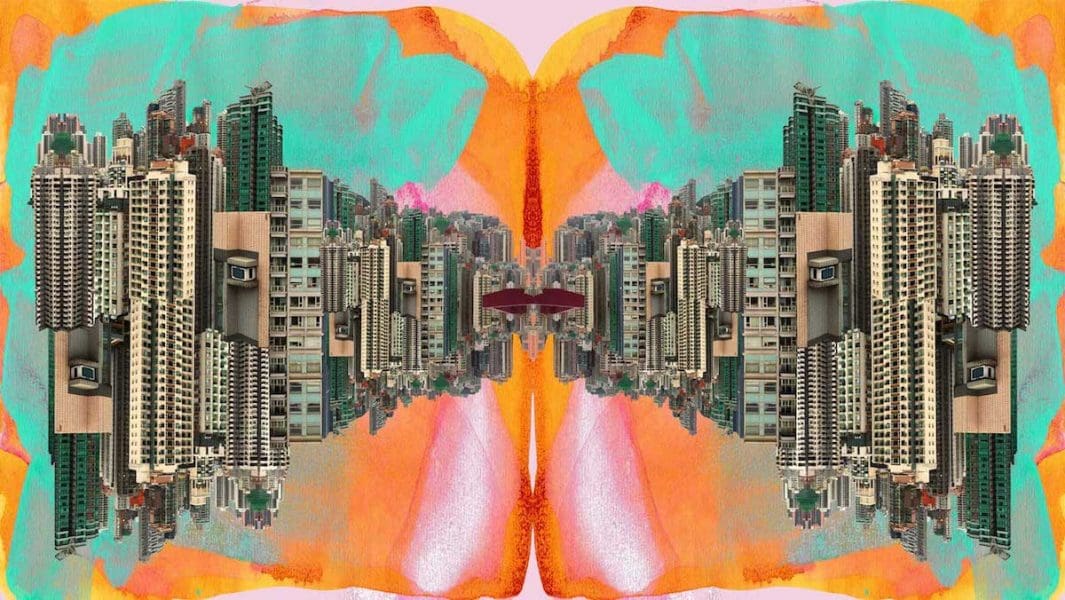
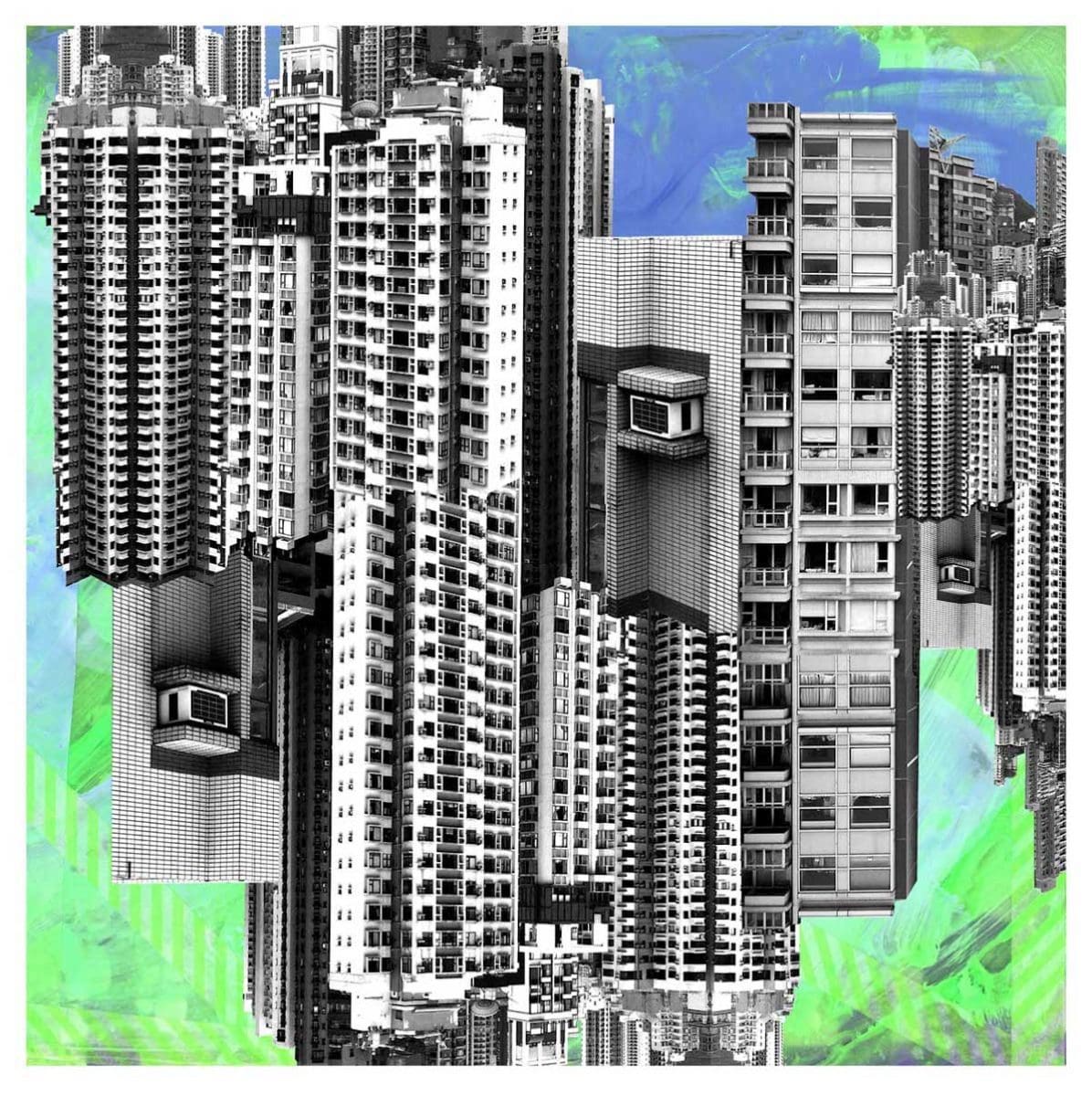
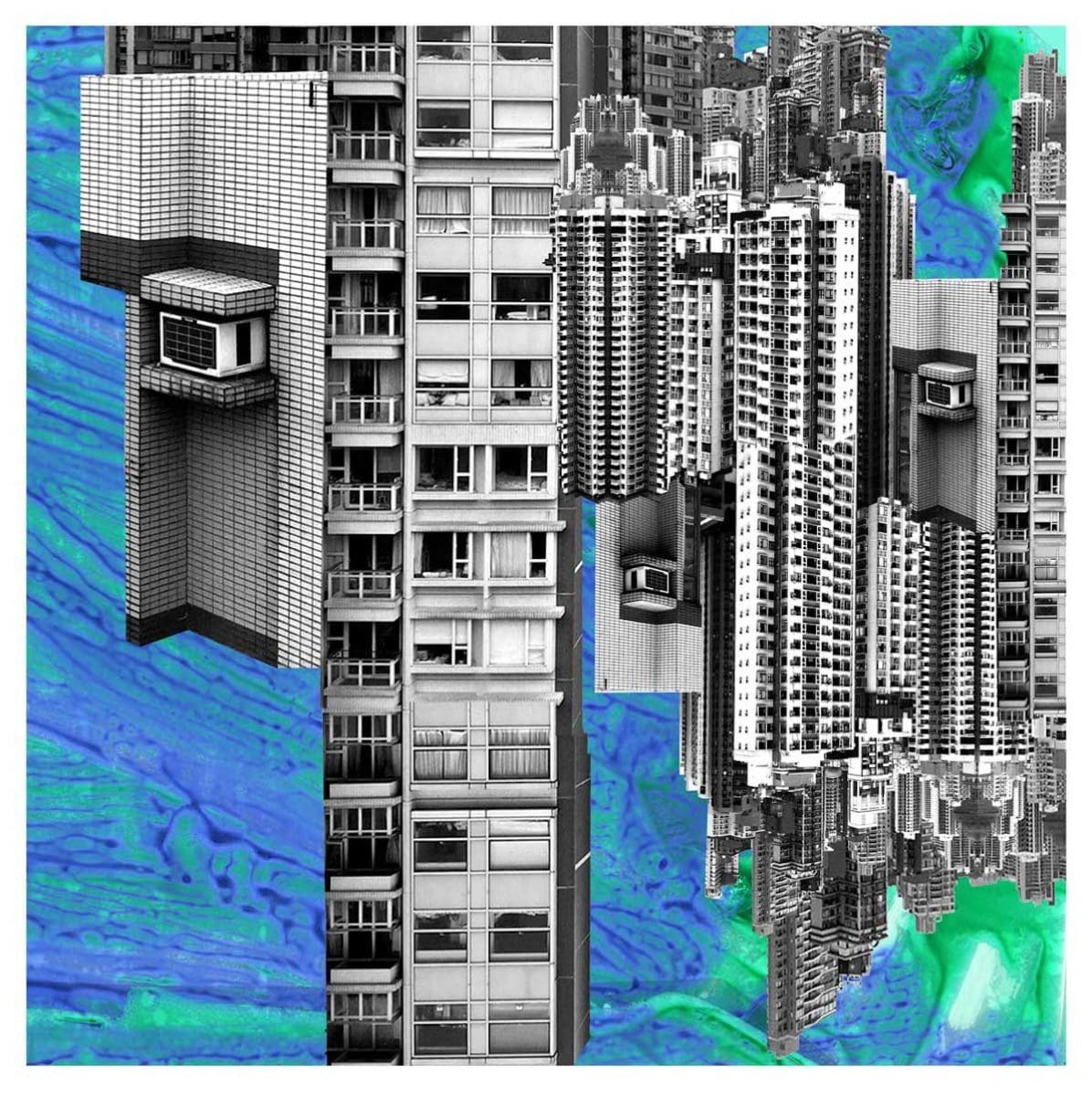
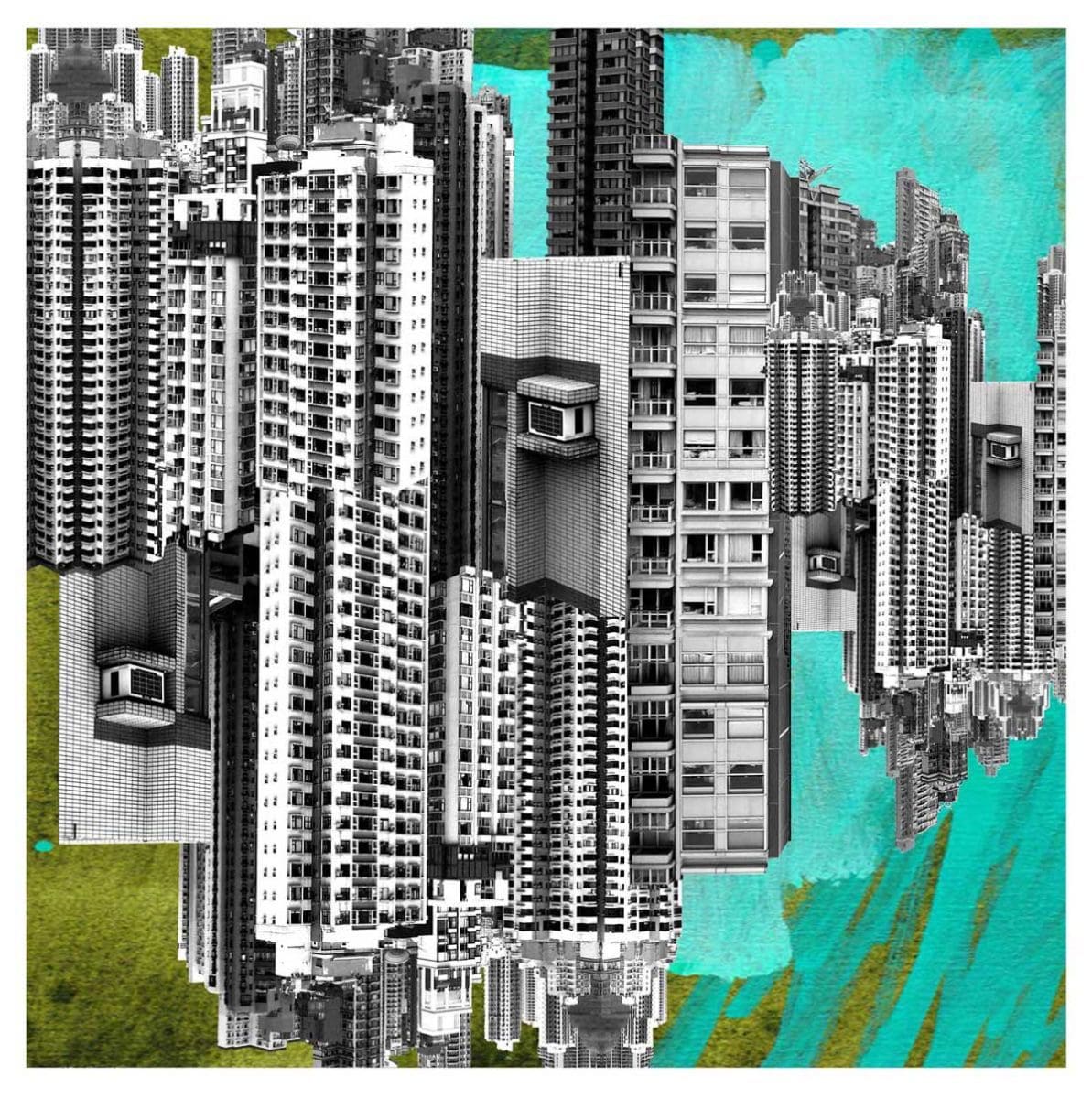

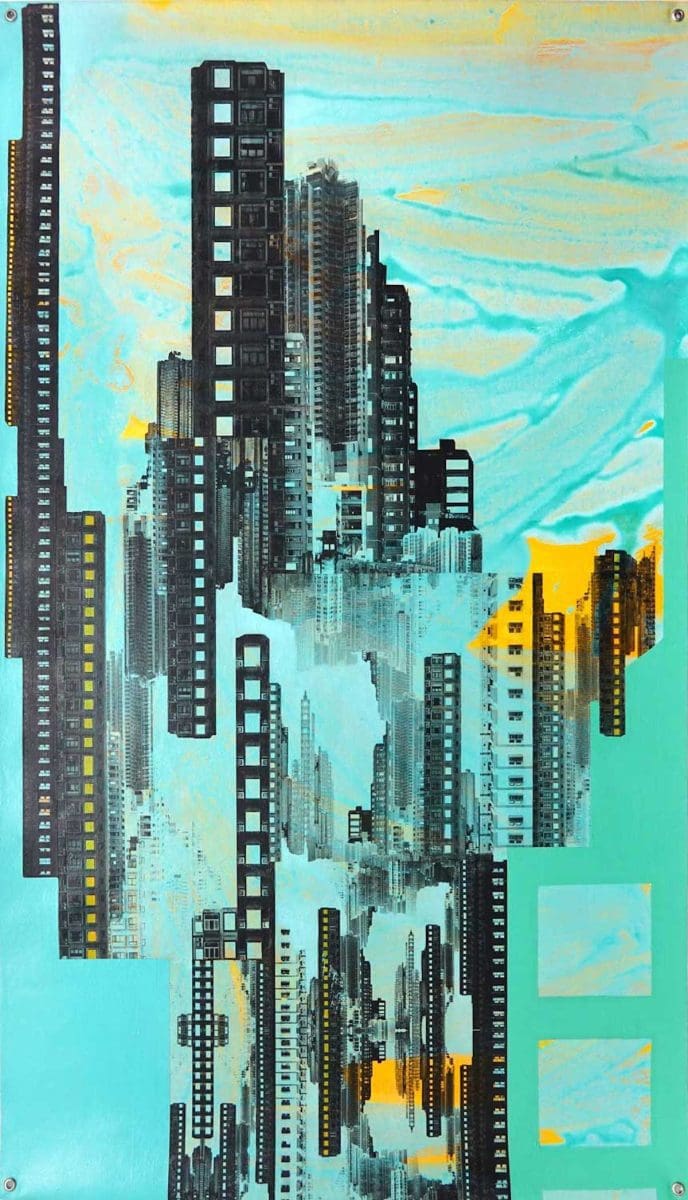
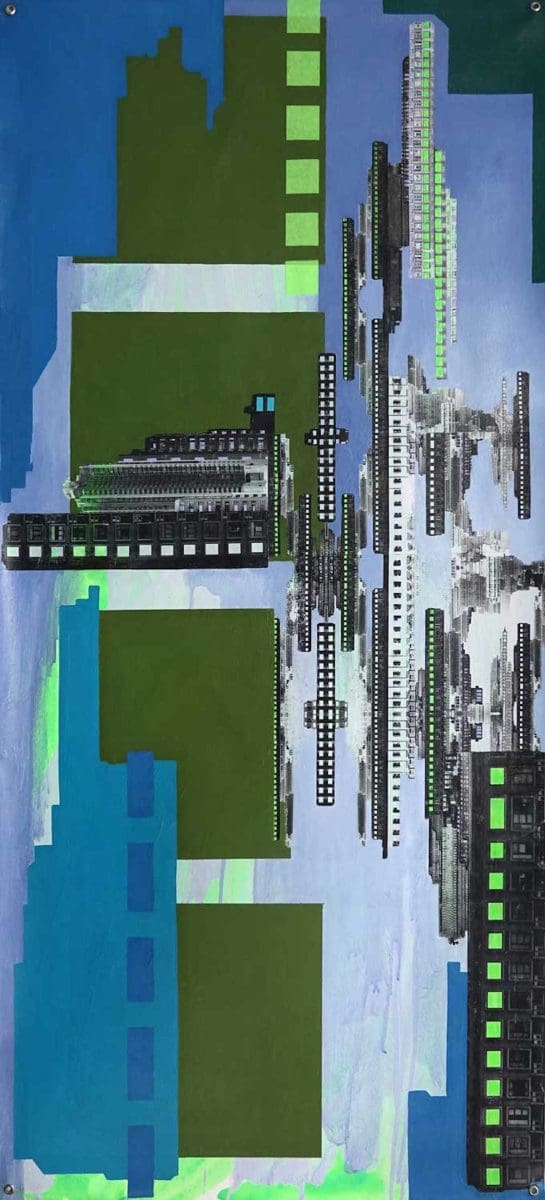
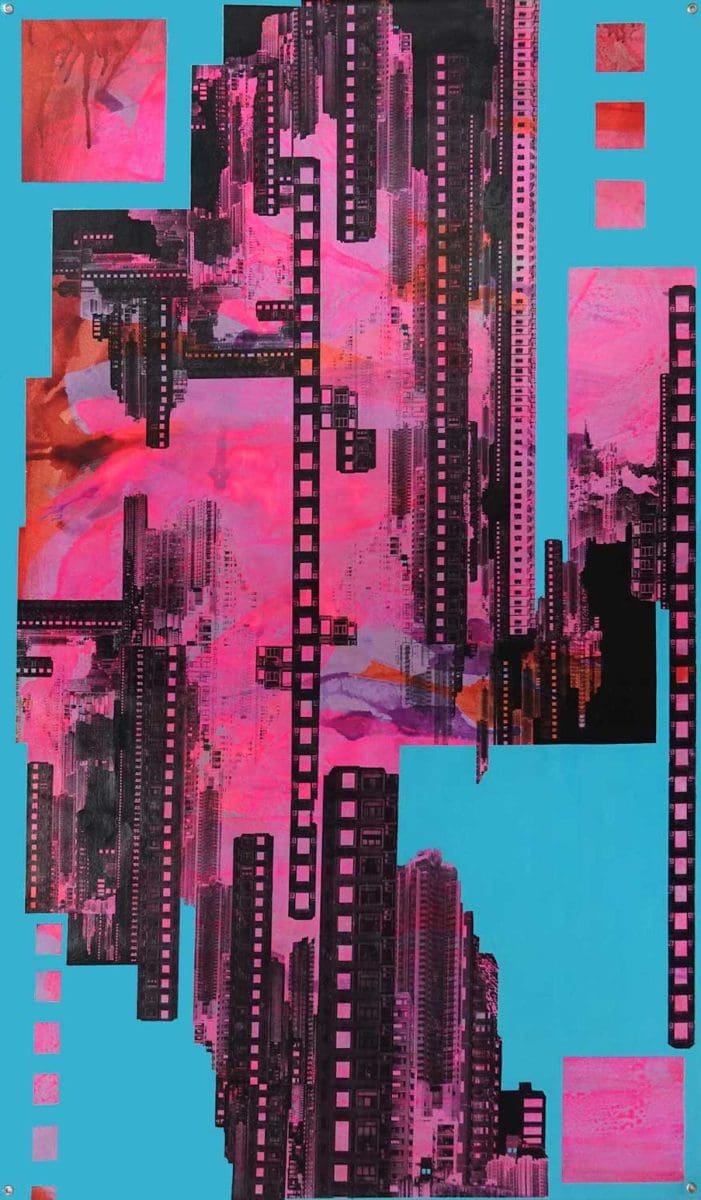
To observe the extraordinarily striking, highly disquieting imagery of Merryn Trevethan’s Ruin Nation is to, on one hand, be disturbed or even alarmed by hallucinogenic cityscapes and dystopian collages. Yet on the other, such is Trevethan’s use of colour and her manipulation of the geometrics of skyscrapers, these prints and paintings also possess a unique beauty.
The kernel of inspiration for Ruin Nation can be traced back to a visit to Hong Kong that Trevethan made in 2017 and the photographs she took there. The dazzling scale and seemingly infinite skyline of this megacity had an effect on the artist similar to that of her works on the viewer: foreboding and unease mixed with a gobsmacked awe that approaches the sublime.
“I instantly fell in love with the look and feel of the city,” says Trevethan, who counts James Turrell, Pipilotti Rist and Zaha Hadid among Ruin Nation‘s influences. “It was like stepping into Blade Runner.”
As Trevethan explains, “The idea of endless repetition became an important aspect in these works, as did the act of collage, speaking to the way cities themselves are collaged together, with new elements being added or replaced or reconfigured.
Trevethan is well-placed to examine and distort the imagery of cities. Having grown up in the suburbs of Melbourne, she has lived in Singapore since 2014, while her travels have taken her to the major cities of Europe, America and Asia, including residences in two of the world’s most daunting, exciting megacities: Beijing and New York.
Living in the heart of Asia has allowed Trevethan to visit several sites that preserve the remains of ancient civilisations. These experiences have also fed into Ruin Nation by prompting her to speculate over the nature – or indeed the wreckage – of “today’s cities in 1,000 years”. This imagining clearly emerges in her towers that seem suspended in the sky, as with Floating Cities #6, 2018, a work of acrylic and image transfer on board.
The ongoing expansion of Singapore itself has also been a key instigator for these ideas. “I live and work on the 12th floor of a complex surrounded by other buildings,” she says. “I look out the window and see more windows.”
“The horizon is a very prominent feature of the Australian landscape but in Singapore you rarely see it. There is a density and verticality in the cityscape that you don’t get in Australia. So I really wanted to reflect the way this can be disorienting.”
Those windows represent another important motif in Trevethan’s work and address questions regarding surveillance and social control. Or more accurately, it is the absence of windows in some pieces, such as Overexposed Cities #1, 2018, that allows her to explore these themes.
“I have deliberately edited out the windows of many of the buildings. I see this as an emptying out or a type of blindness that speaks in a sense to dehumanisation, as well as a somewhat subtle reference to threats to individual privacy, ever-present surveillance and the corporatisation of spaces (both real and virtual) that the spaces represent.”
Another major influence on Trevethan is the writer and theorist Paul Virilio, whose notion of the ‘integral accident’ posits that with every technological invention comes its potential to go wrong with catastrophic consequences. In his 1999 book, The Politics of the Very Worst, Virilio wrote, “When you invent the ship, you also invent the shipwreck; when you invent the plane you also invent the plane crash; and when you invent electricity, you invent electrocution… Every technology carries its own negativity, which is invented at the same time as technical progress.”
This seems an appropriate reflection of Ruin Nation, and how Trevethan’s representations of cities, perhaps the ultimate technological invention, show their antitheses.
Ruin Nation
Merryn Trevethan
Fox Galleries
16 August – 14 September